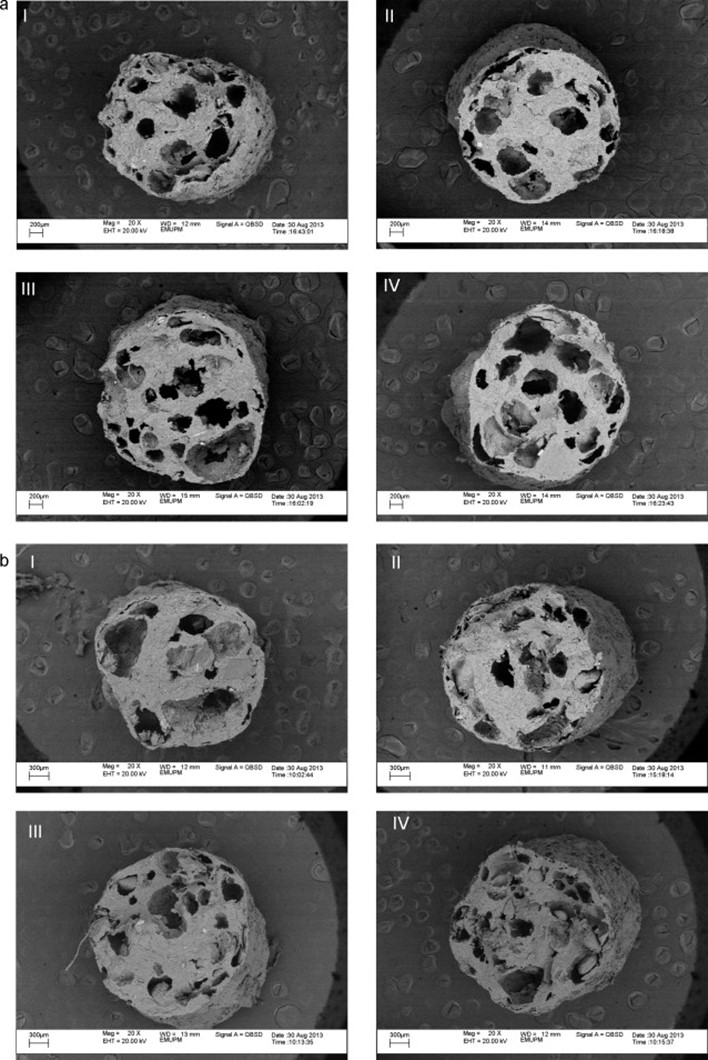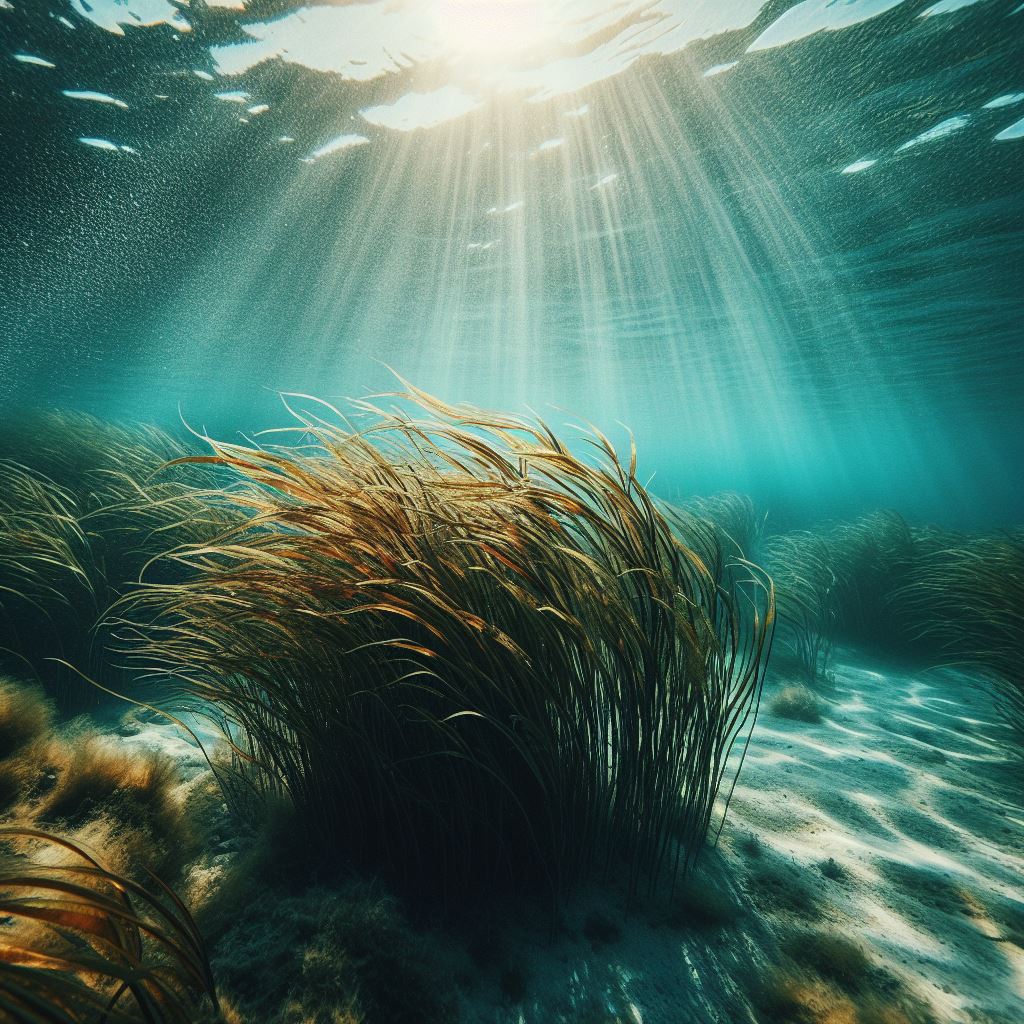Written by: Dr. Clement de Cruz
The effects of starch source (taro and broken rice) and extrusion die temperature (125, 140, 155 and 170 °C) were investigated on extruded pellets' physical properties. The blends containing taro or broken rice starch were extruded using a single screw extruder and the three zones of the barrel temperature profile were set constant at 70, 90, and 100 °C. Moisture content (MC), expansion ratio (ER), bulk density (BD), floatability (F), pellet durability index (PDI), water absorption (WAI), and water solubility indices (WSI) were extensively analyzed. The results elucidated significant effects on the physical properties of the extruded pellets during the increase of die temperature and change of starch source from taro to broken rice. The highest expansion ratio, pellet durability index and water absorption index were noted in the fish diet containing broken rice starch compared to diet containing taro starch. An increase of die temperature from 125 to 170 °C significantly affects the physical properties of the extruded pellets containing taro and broken rice starch. The moisture content, ER, floatability, PDI, and WAI values significantly increased by 7.0, 3.5, 103.6, 0.1, and 13.5%, respectively, as the die temperature was increased from 125 to 170 °C. In contrast, there was a significant decrease in bulk density and water solubility index values by 9.4 and 12.2%, respectively, as the die temperature elevated from 125 to 170 °C. This study shows that the taro and broken rice starch inclusion in fish diets have a good potential to be used as a new source of starch in producing high quality extruded floating. Taro starch is still underutilized in food processing and as a result, this paper will open opportunities for other researchers to focus on feed processing and digestibility of fish using taro starch. The optimal conditions recommended for producing floating pellets in diets containing taro and broken rice starch by using a single screw extruder are minimum 250 g/kg starch inclusion level, 400 g/kg mixture moisture content, and die temperature of 170 °C.

Date of Input: 31/10/2022 | Updated: 31/10/2022 | m_fakhrulddin
MEDIA SHARING





























